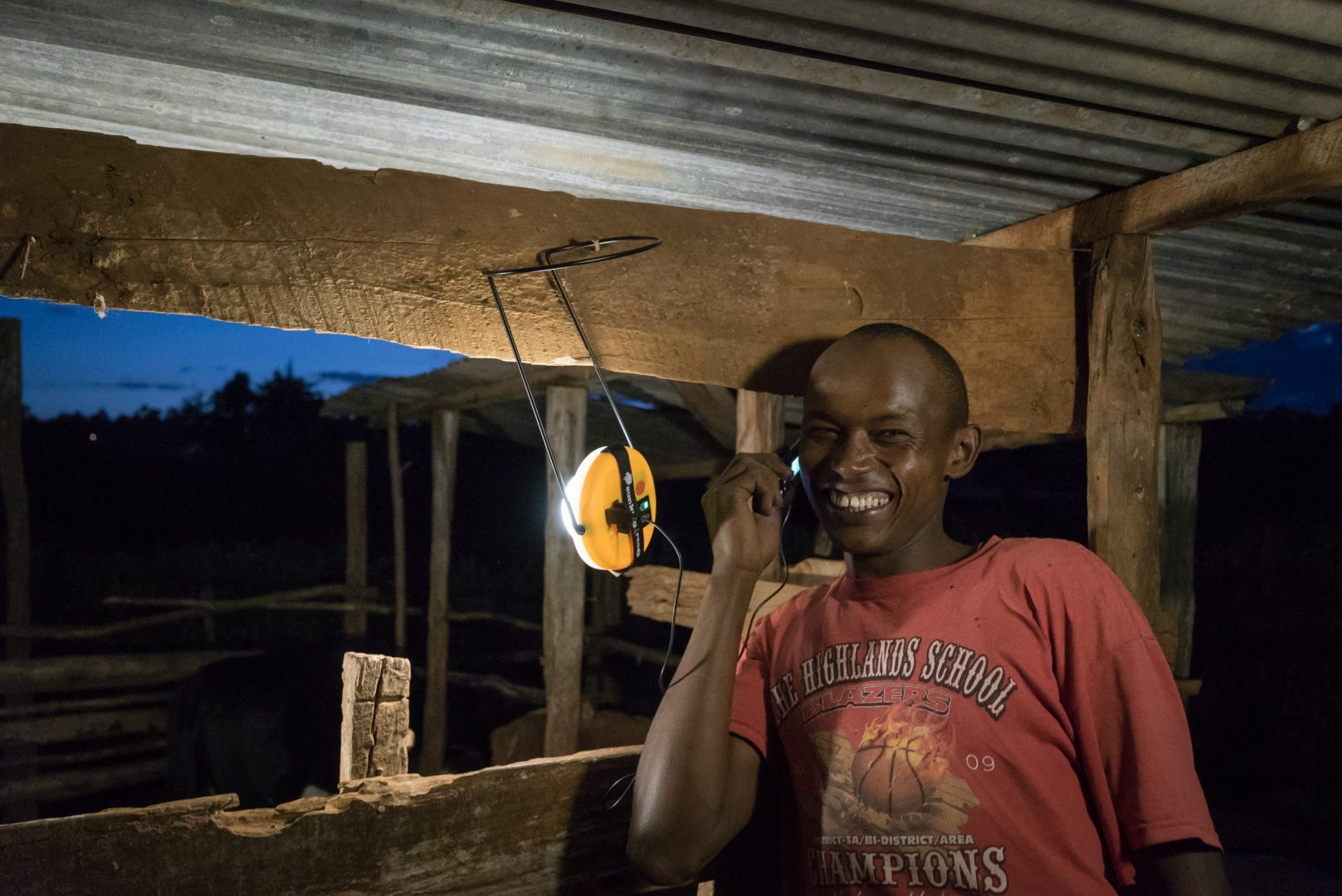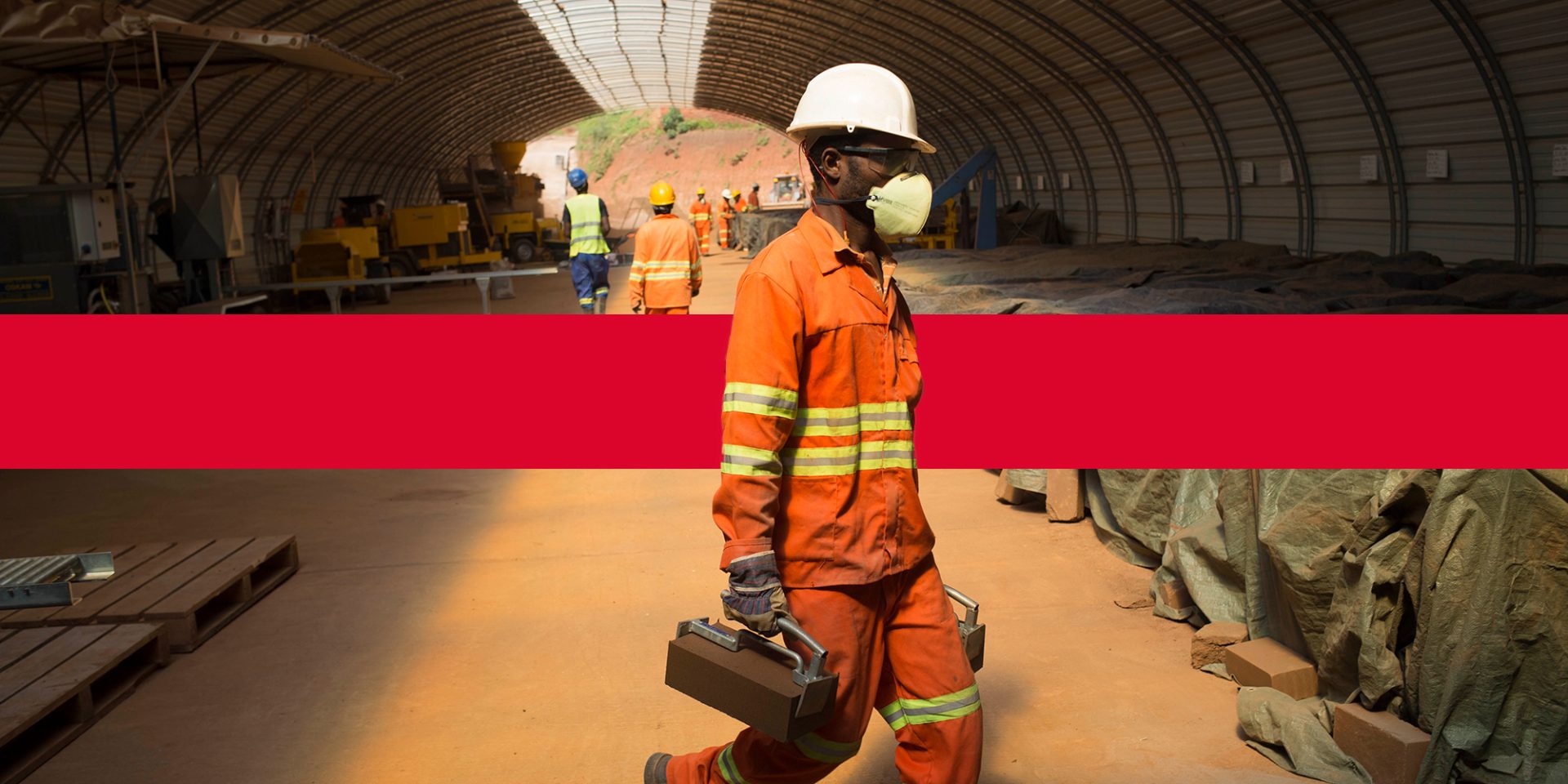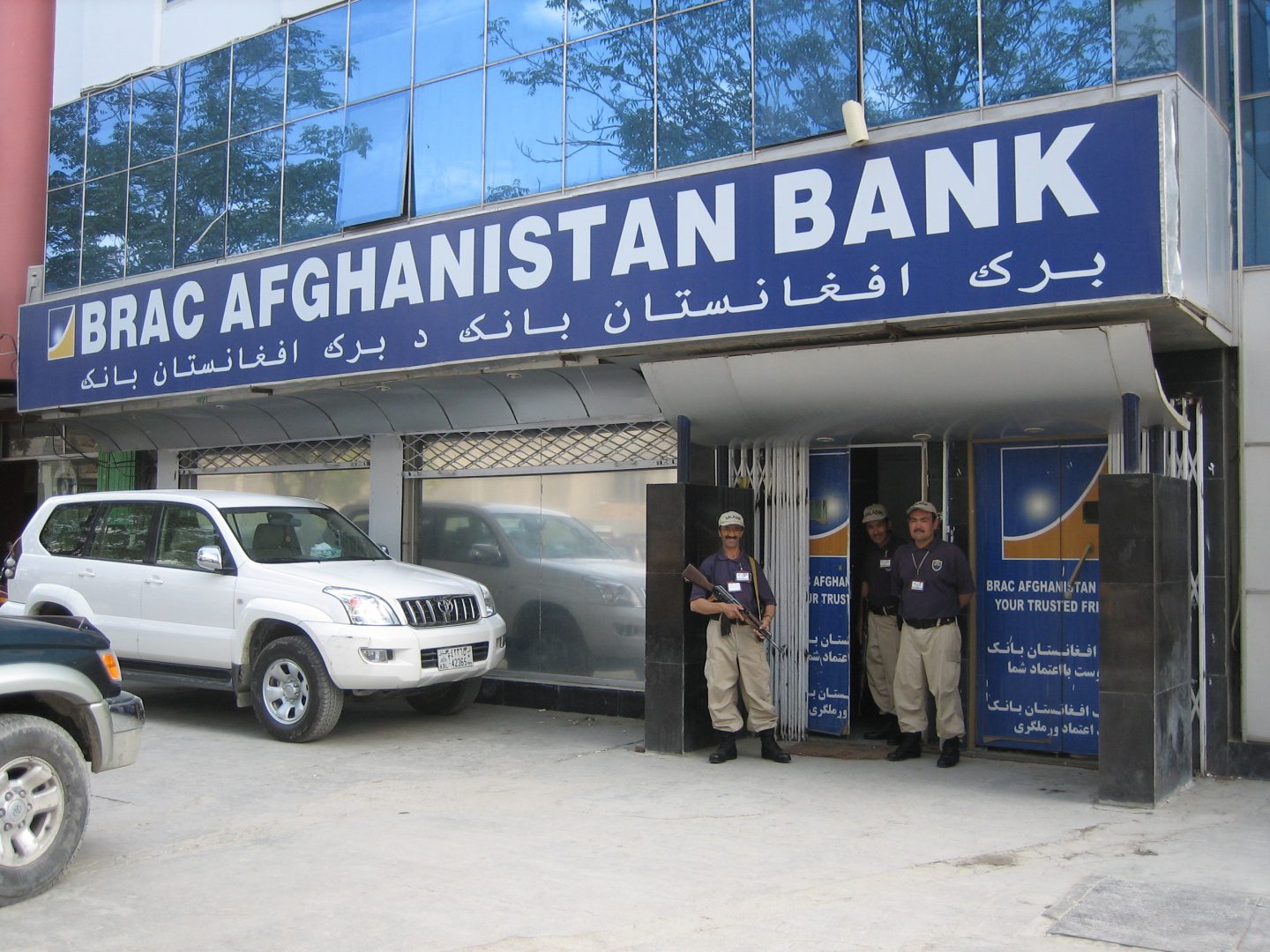There are two ways to count investments – the stock and the flow. Which matters most? One DFI might have a $10 billion portfolio (the stock) which it turns over slowly, holding its investments for ten years on average so the portfolio releases $1 billion of cash for reinvestment each year (the flow). Another DFI could hold investments for much shorter periods, let’s say around three years, so a $10 billion portfolio produces around $3 billion each year to reinvest. They each have the same quantity of capital at work, but one is investing much more each year.
When we talk about the need to fill SDG financing gaps, it is natural to think in terms of flows. We want to see higher volumes of new investments being made each year. The blog Take care with mobilization ratios in secondary transactions describes how some DFIs are recycling assets in their portfolios by selling them to private investors, so that they can increase their investment pace (the flow).
However, thinking about two DFIs each with $10 billion of capital invested for development, is the one making $3 billion of short-term investments each year necessarily doing more for development than the one making $1bn of long-term investments?
BII describes its mission as helping solve the biggest global development challenges by investing patient, flexible capital. The importance of patient capital for development was the starting point of this blog that explains how we decide when to exit investments. The need for patient capital is motivated by the idea that some investments take a long time to recoup their upfront costs. Some of these capital-intensive investments can be especially important for development, such as infrastructure and forestry. At the same time, DFIs must ask themselves whether the impact of an investment justifies tying up their capital for long periods of time – sometimes the answer will be no.
DFIs want to make things happen that would not otherwise. Private investors can be patient when they are confident of repayment and won’t need to produce cash in a hurry, but as a rule patient capital is scarce. In many African and Asian countries, long-term finance can be prohibitively expensive or unavailable altogether. That absence creates the need for patient public capital. If patient capital is especially important, perhaps the DFI with the $10 billion portfolio that turns over slowly is having a greater positive impact, despite making fewer investments each year, than the one turning its $10 billion more quickly.
How should duration affect how we think about impact? There are two sides to this. Firstly, the length of time the underlying enterprise is having a positive impact on people’s lives, secondly the tenor of the instrument or amount of time it is held in an investor’s portfolio. Sometimes these differ, such as when an equity investment creates something that lasts for decades but is sold after a couple of years, so impact persists after exit. In other cases, the two align, such as a working capital facility that is only helping a business for as long as it is provided.
The duration of impact is part of how impact investors think about impact. It comes under “how much”, which is one of the five dimensions of impact developed by industry consensus (now curated by Impact Frontiers), and is hence part of BII’s impact framework and Impact Dashboard. It is not part of our portfolio level impact score. Duration also influences our contribution ratings, because patient capital is often harder for firms to find. However, while duration is incorporated into the “how much” dimension of impact, the focus in that impact framework is on how long the impact of an enterprise will last (a very difficult question to answer) and not on the tenor of the financing instrument itself is – as far as I am aware.
Recycling capital more quickly might enable a faster pace of investment (greater flow) but that does not necessarily imply more impact. For the sake of argument, consider a $1 million project that will take ten years to pay for itself. That project could be financed with one ten-year loan or short-term debt that is rolled over (say five two-year $1 million loans). [1] There is a question of attribution here. We might say the ten-year loan can take credit for the whole impact of the project, but perhaps we would say that each individual two-year loan would be only responsible for one-fifth of it. This is not a realistic example, but if a DFI reported a new loan to this project every two years we would not want to interpret that as a higher volume of investment over time (5 x $1 million) in comparison to one $1 million ten-year loan, and we would also not want to treat the impact of each two-year loan as identical to a ten-year loan. [2]
The way in which DFIs report annual commitments does not adjust for the expected duration of the investment – and nor could it easily (when an opportunity to exit an equity investment to the right buyer will come along is anyone’s guess). But BII does not count rollovers of trade-finance or risk-sharing facilities as new commitments, for the reasons outlined here.
If DFIs want to recycle their investments more rapidly to increase their pace of annual investment, how can they do that without reducing the impact of those investments?
One way to think about this is to look at the implications of exit for the underlying firm. Equity investing is a long-term proposition, in the sense that the value created by a primary equity injection can take years to materialise as cash flows within the business, but if we can exit to another buyer, when our presence as a shareholder is no longer needed for impact, that does not cause any financing problems for the underlying business. Similarly, if we provide a ten-year loan, a project can be set up for life, whether we hold the debt to maturity or sell it to another investor after a few years. When we can find buyers for long-term instruments, we can recycle our money more quickly, and impact will persist without the project needing to find more money because we have exited. Whereas if an investor decides to exit by not rolling-over a financing facility or short-term loan, the underlying businesses can be in peril, unless someone else steps in.
The intention here is not to argue that inherently short-term instruments are low impact. There is a great need for trade and supply chain finance in our markets, and other products such as working capital facilties or bridging loans are sometimes what a business lacks and needs. Short-term finance can also play a counter-cyclical role. Moreover, in some cases we might provide a short-term instrument and then, having learned from a positive experience, our partners might choose to continue the activity themselves. In which case we make something long-term happen with a short-term intervention. But the main take-away is that sometimes the period of time that an investment stays in our portfolio is also the duration of its impact, whereas at other times we might only hold an investment for a short while, but its impact will live on for many years. DFIs can recycle their investments more rapidly to increase their pace of annual investment, without diminishing the duration of their investments’ impact, by holding long-term investments for shorter periods of time.
Footnotes
[1] For simplicity, assume the 10-year loan is a “bullet” with repayment of principal at end of term, and the short-term loans are being rolled over to replicate that.
[2] From a portfolio management point of view, there might be some advantage to the 2-year loans (at the cost of a lower interest rate) because we have the option of stopping them if something better comes along or the project goes off track.











